| [1] Kadner A, Zund G, Maurus C,et al. Human umbilical cord cells for cardiovascular tissue engineering: a comparative study. Eur J Cardiothorac Surg. 2004;25(4):635-641.[2] Qian Q, Qian H, Zhang X,et al. 5-Azacytidine induces cardiac differentiation of human umbilical cord-derived mesenchymal stem cells by activating extracellular regulated kinase.Stem Cells Dev. 2012;21(1):67-75. [3] Cao FJ, Feng SQ. Human umbilical cord mesenchymal stem cells and the treatment of spinal cord injury. Chin Med J (Engl). 2009;122(2):225-231.[4] Hsieh JY, Fu YS, Chang SJ,et al. Functional module analysis reveals differential osteogenic and stemness potentials in human mesenchymal stem cells from bone marrow and Wharton's jelly of umbilical cord.Stem Cells Dev. 2010;19(12): 1895-1910.[5] Han Y, Chai J, Sun T,et al. Differentiation of human umbilical cord mesenchymal stem cells into dermal fibroblasts in vitro.Biochem Biophys Res Commun. 2011;413(4):561-565.[6] Wang L, Ott L, Seshareddy K,et al. Musculoskeletal tissue engineering with human umbilical cord mesenchymal stromal cells.Regen Med. 2011;6(1):95-109. [7] Chen MY, Lie PC, Li ZL,et al. Endothelial differentiation of Wharton's jelly-derived mesenchymal stem cells in comparison with bone marrow-derived mesenchymal stem cells.Exp Hematol. 2009;37(5):629-640.[8] Wang L, Tran I, Seshareddy K,et al. A comparison of human bone marrow-derived mesenchymal stem cells and human umbilical cord-derived mesenchymal stromal cells for cartilage tissue engineering.Tissue Eng Part A. 2009;15(8): 2259-2266.[9] Wang HS, Hung SC, Peng ST,et al. Mesenchymal stem cells in the Wharton's jelly of the human umbilical cord.Stem Cells. 2004;22(7):1330-1337.[10] Karahuseyinoglu S, Cinar O, Kilic E,et al. Biology of stem cells in human umbilical cord stroma: in situ and in vitro surveys.Stem Cells. 2007;25(2):319-331.[11] Li TX, Yuan J, Chen Y,et al. Differentiation of mesenchymal stem cells from human umbilical cord tissue into odontoblast-like cells using the conditioned medium of tooth germ cells in vitro.Biomed Res Int. 2013;2013: 218543. [12] Nasef A, Mathieu N, Chapel A,et al. Immunosuppressive effects of mesenchymal stem cells: involvement of HLA-G.Transplantation. 2007 ;84(2):231-237.[13] 王炎秋,陈士岭,邢福琪.HLA-G蛋白在滋养层细胞的表达及意义[J].第一军医大学学报,2005, 25(12): 1488-1490.[14] Hong SH, Maghen L, Kenigsbcerg S,et al. Ontogeny of human umbilical cord perivascular cells: molecular and fate potential changes during gestation.Stem Cells Dev. 2013; 22(17):2425-2439.[15] Obal D, Dai S, Keith R,et al. Cardiomyocyte-restricted overexpression of extracellular superoxide dismutase increases nitric oxide bioavailability and reduces infarct size after ischemia/reperfusion.Basic Res Cardiol. 2012;107(6): 305.[16] Garbade J, Dhein S, Lipinski C,et al.Bone marrow-derived stem cells attenuate impaired contractility and enhance capillary density in a rabbit model of Doxorubicin-induced failing hearts.J Card Surg. 2009;24(5):591-599.[17] Lloyd-Jones D, Adams RJ, Brown TM,et al. Executive summary: heart disease and stroke statistics--2010 update: a report from the American Heart Association.Circulation. 2010; 121(7):948-954.[18] Liang S, Baibakov B, Horuzsko A. HLA-G inhibits the functions of murine dendritic cells via the PIR-B immune inhibitory receptor.Eur J Immunol. 2002;32(9):2418-2426.[19] Kanai T, Fujii T, Unno N,et al. Human leukocyte antigen- G-expressing cells differently modulate the release of cytokines from mononuclear cells present in the decidua versus peripheral blood.Am J Reprod Immunol. 2001;45(2):94-99.[20] Hsu WT, Lin CH, Chiang BL,et al.Prostaglandin E2 potentiates mesenchymal stem cell-induced IL-10+ IFN-γ+CD4+ regulatory T cells to control transplant arteriosclerosis.J Immunol. 2013;190(5):2372-2380.[21] 陈可.人脐带来源间充质干细胞的免疫调节作用[D]. 北京:北京协和医学院;中国医学科学院,2010:1-99.[22] Mureli S, Gans CP, Bare DJ,et al. Mesenchymal stem cells improve cardiac conduction by upregulation of connexin 43 through paracrine signaling.Am J Physiol Heart Circ Physiol. 2013;304(4):H600-H609. [23] Charbord P. Bone marrow mesenchymal stem cells: historical overview and concepts. Hum Gene Ther. 2010;21(9):1045-1056. [24] Rodriguez AM, Elabd C, Amri EZ,et al.The human adipose tissue is a source of multipotent stem cells.Biochimie. 2005; 87(1):125-128.[25] Schäffler A, Büchler C. Concise review: adipose tissue-derived stromal cells--basic and clinical implications for novel cell-based therapies.Stem Cells. 2007;25(4):818-827.[26] Lee OK, Kuo TK, Chen WM,et al.Isolation of multipotent mesenchymal stem cells from umbilical cord blood.Blood. 2004;103(5):1669-1675. [27] Crigler L, Kazhanie A, Yoon TJ,et al. Isolation of a mesenchymal cell population from murine dermis that contains progenitors of multiple cell lineages.FASEB J. 2007;21(9):2050-2063. [28] Li ZY, Chen L, Liu L,et al.Odontogenic potential of bone marrow mesenchymal stem cells.J Oral Maxillofac Surg. 2007;65(3):494-500.[29] Secco M, Zucconi E, Vieira NM,et al.Multipotent stem cells from umbilical cord: cord is richer than blood.Stem Cells. 2008;26(1):146-150. [30] Bongso A, Fong CY.The therapeutic potential, challenges and future clinical directions of stem cells from the Wharton's jelly of the human umbilical cord.Stem Cell Rev. 2013;9(2): 226-240.[31] Favier B, LeMaoult J, Carosella ED. Functions of HLA-G in the immune system.Tissue Antigens. 2007;69 Suppl 1: 150-152.[32] Rouas-Freiss N, Marchal RE, Kirszenbaum M,et al.The alpha1 domain of HLA-G1 and HLA-G2 inhibits cytotoxicity induced by natural killer cells: is HLA-G the public ligand for natural killer cell inhibitory receptors. Proc Natl Acad Sci U S A. 1997;94(10):5249-5254.[33] Le Gal FA, Riteau B, Sedlik C,et al. HLA-G-mediated inhibition of antigen-specific cytotoxic T lymphocytes.Int Immunol. 1999;11(8):1351-1356.[34] Marchal-Bras-Goncalves R, Rouas-Freiss N, Connan F,et al. A soluble HLA-G protein that inhibits natural killer cell-mediated cytotoxicity.Transplant Proc. 2001;33(3): 2355-2359.[35] Creput C, Le Friec G, Bahri R,et al. Detection of HLA-G in serum and graft biopsy associated with fewer acute rejections following combined liver-kidney transplantation: possible implications for monitoring patients.Hum Immunol. 2003; 64(11): 1033-1038.[36] Horuzsko A, Lenfant F, Munn DH,et al. Maturation of antigen-presenting cells is compromised in HLA-G transgenic mice.Int Immunol. 2001;13(3):385-394.[37] Ristich V, Liang S, Zhang W,et al.Tolerization of dendritic cells by HLA-G.Eur J Immunol. 2005;35(4):1133-1142.[38] Liang S, Baibakov B, Horuzsko A. HLA-G inhibits the functions of murine dendritic cells via the PIR-B immune inhibitory receptor. Eur J Immunol. 2002;32(9):2418-2426.[39] Kanai T, Fujii T, Unno N,et al. Human leukocyte antigen-G-expressing cells differently modulate the release of cytokines from mononuclear cells present in the decidua versus peripheral blood. Am J Reprod Immunol. 2001;45(2): 94-99.[40] Easterfield AJ, Austen BM, Westwood OM. Inhibition of antigen transport by expression of infected cell peptide 47 (ICP47) prevents cell surface expression of HLA in choriocarcinoma cell lines. J Reprod Immunol. 2001;50(1): 19-40.[41] Rizzo R, Hviid TV, Stignani M,et al. The HLA-G genotype is associated with IL-10 levels in activated PBMCs. Immunogenetics. 2005;57(3-4):172-181. [42] Le Gal FA, Riteau B, Sedlik C,et al. HLA-G-mediated inhibition of antigen-specific cytotoxic T lymphocytes.Int Immunol. 1999;11(8):1351-1356.[43] Contini P, Ghio M, Poggi A,et al. Soluble HLA-A,-B,-C and -G molecules induce apoptosis in T and NK CD8+ cells and inhibit cytotoxic T cell activity through CD8 ligation.Eur J Immunol. 2003;33(1):125-134.[44] Le Rond S, Azéma C, Krawice-Radanne I,et al. Evidence to support the role of HLA-G5 in allograft acceptance through induction of immunosuppressive/ regulatory T cells.J Immunol. 2006;176(5):3266-3276.[45] Huang YH, Zozulya AL, Weidenfeller C,et al. T cell suppression by naturally occurring HLA-G-expressing regulatory CD4+ T cells is IL-10-dependent and reversible.J Leukoc Biol. 2009;86(2):273-281. |
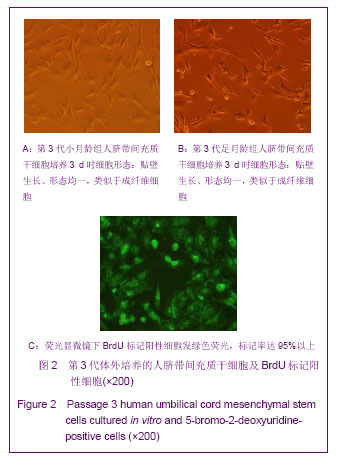
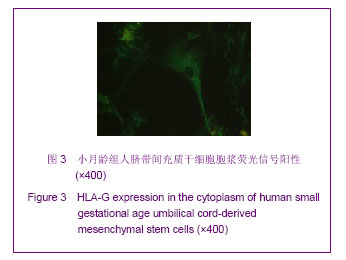
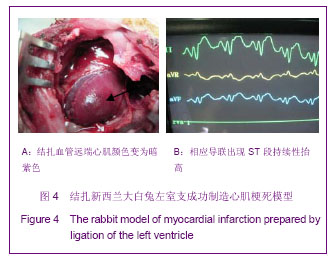
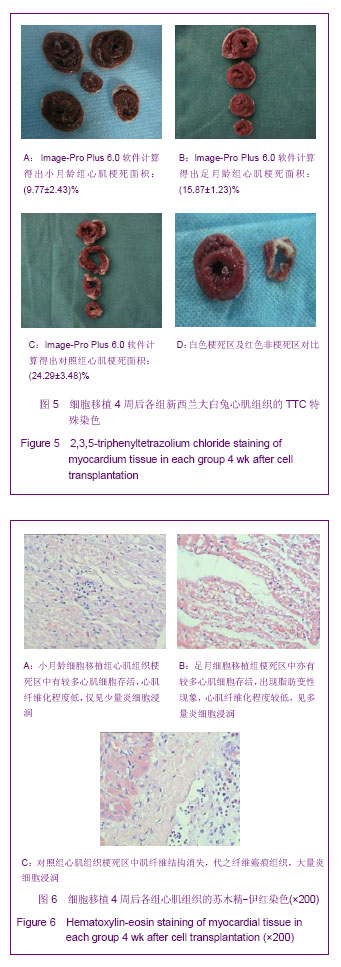
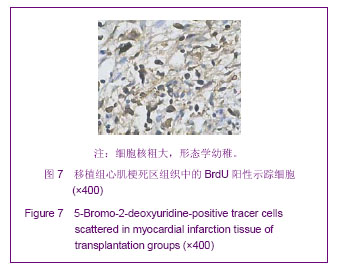
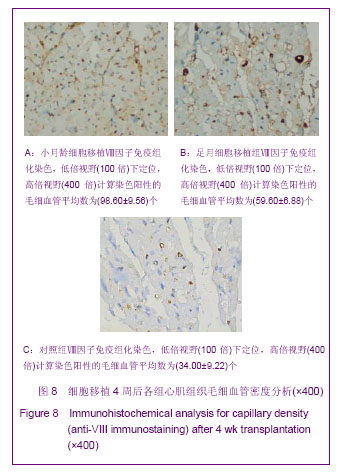
.jpg)
.jpg)